Antal, Friedrich. “Reflections on Classicism and Romanticism,” The Burlington Magazine for Conoisseurs, vol. 66, no. 385 (April 1935): 159-68
Chapter 2
CLASSICAL INFLUENCES AND RADICAL TRANSFORMATIONS
A variety of approaches to classical antiquity emerged during the final decades of the eighteenth century. The specific choice and treatment of classical subjects depended as much on the political climate in which an artist worked and on the requirements of patronage as it did on the artist's skill, temperament, and training.
Artists and Artworks:
Readings:
Boime, Albert. Art in the Age of Revolution, 1750-1800. Chicago and London: University of Chicago Press, 1987
Bowron, Edgar Peters and Joseph J. Rishel, eds. Art in Rome in the Eighteenth Century. Exhibition catalogue. Philadelphia Museum of Art, 2000
Bryson, Norman. Word and Image: French Painting of the Ancien Régime. Cambridge, MA: Harvard University Press, 1981
Craske, Matthew. Art in Europe, 1700-1830. New York: Oxford University Press, 1997
Crow, Thomas. Painters and Public Life in Eighteenth-Century Paris. New Haven: Yale University Press, 1985
Crow, Thomas. Emulation: David, Drouais, and Girodet in the Art of Revolutionary France. New Haven, CT: Yale University Press, 1995
Eitner, Lorenz. Neoclassicism and Romanticism 1750-1850, vol. 1: Enlightenment and Revolution. Englewood Cliffs: Prentice Hall, 1970
Fried, Michael. Absorption and Theatricality. Painting and Beholder in the Age of Diderot. Berkeley: University of California Press, 1980
Haskell, Francis and Nicolas Penny. Taste and the Antique: the Lure of Classical Sculpture, 1500-1900. New Haven, CT: Yale University Press, 1981
Hobsbawm, Eric. The Age of Revolution: 1789-1848. New York: Vintage Books
Irwin, David. English Neoclassical Art: Studies in Inspiration and Taste. New York: New York Graphic Society, 1966
Israel, Jonathan. A Revolution of the Mind: Radical Enlightenment and the Intellectual Origins of Modern Democracy. Princeton: Princeton University Press, 2009
Janson, H.W. 19th-Century Sculpture. New York: Harry N. Abrams, 1985
Porterfield, Todd B. Staging Empire: Napoleon, Ingres, and David. University Park: Pennsylvania State University Press, 2006
Ribner, Jonathan P. Broken Tablets: The Cult of the Law in French Art from David to Delacroix. Berkeley, CA: University of California Press, 1993
Rosenblum, Robert. Transformations in Late Eighteenth Century Art. Princeton, NJ: Princeton University Press, 1967
Solomon-Godeau, Abigail. Male Trouble: A Crisis in Representation. New York: Thames and Hudson, 1997
Wiebenson, Dora. “Subjects from Homer’s Iliad in Neoclassical Art,” The Art Bulletin, vol. 46, no. 1 (March 1964): 23-37
Winckelmann, Johann Joachim. Writings on Art, David Irwin, ed. London: Phaidon, 1972
Observations:
Elizabeth Prettejohn emphasizes an important, overlooked aspect of Winckelmann’s art theory:
"But there is a third element to Winckelmann's project, one that has attracted less subsequent comment but which for Winckelmann himself was the key to his entire enterprise: the demonstration of the beauty of the art of antiquity, and particularly that of ancient Greece. Moreover - and this may be the most original aspect of Winckelmann's work - beauty for him was something that was not definable in general or abstract terms, but could only be discovered through profound and sustained observation of particular works. This posed formidable practical problems, for...the particular works available for direct observation were undocumented in the ancient sources Winckelmann used. But the mismatch between beauty and history went deeper, for an important sense beauty, as Winckelmann conceived it, did not belong to the ancient past at all: it was located in the present day and in the experience of the modern observer - Winckelmann himself and his readers, among whom he was particularly concerned to include practicing artists."
Elizabeth Prettejohn, Beauty and Art (Oxford: Oxford University Press, 2005), pp. 17-18.
Web resources
Getty: Society of the Dilettanti

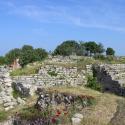
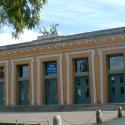
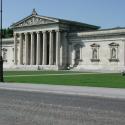
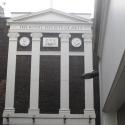
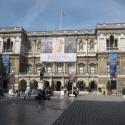
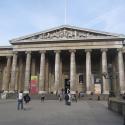
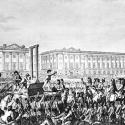
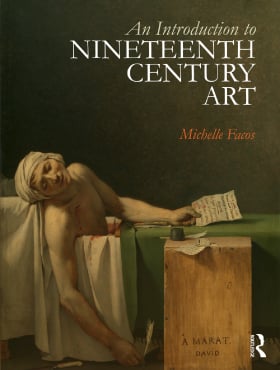 Buy the Book
Buy the Book